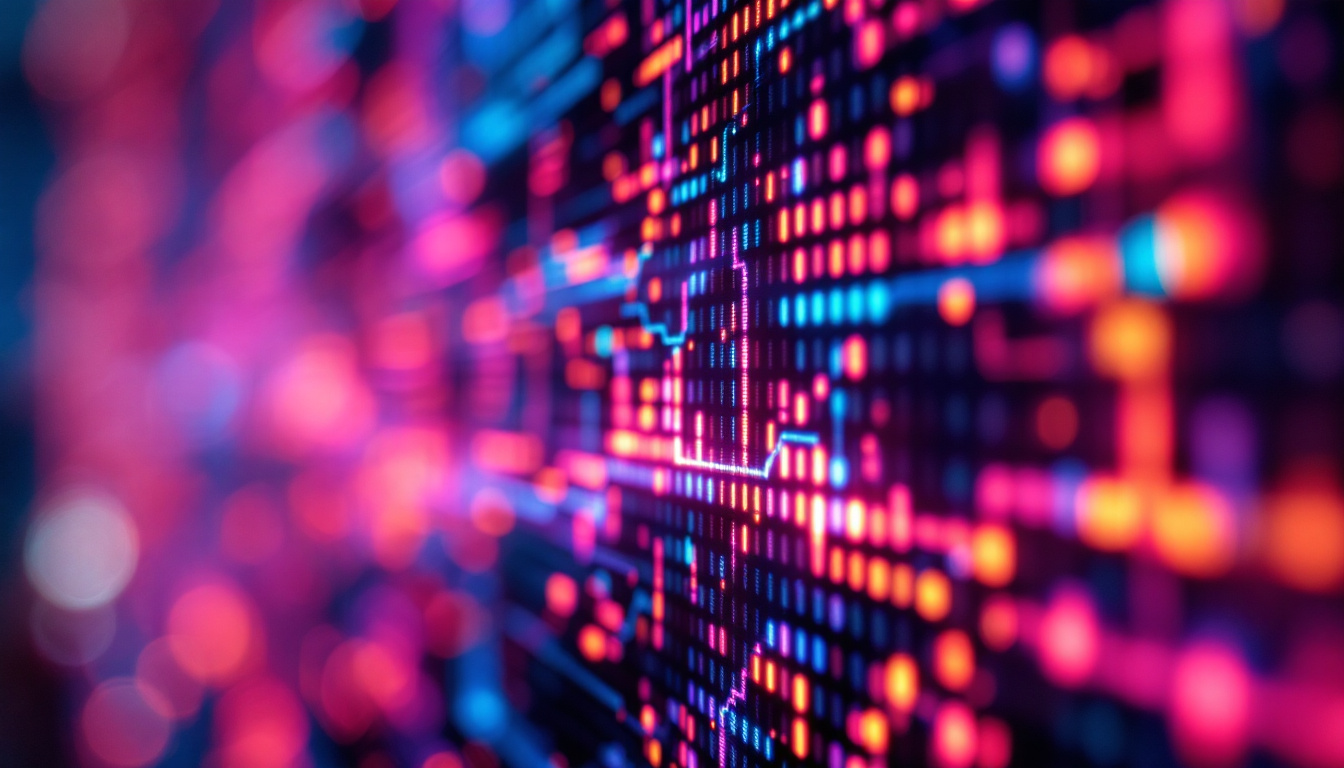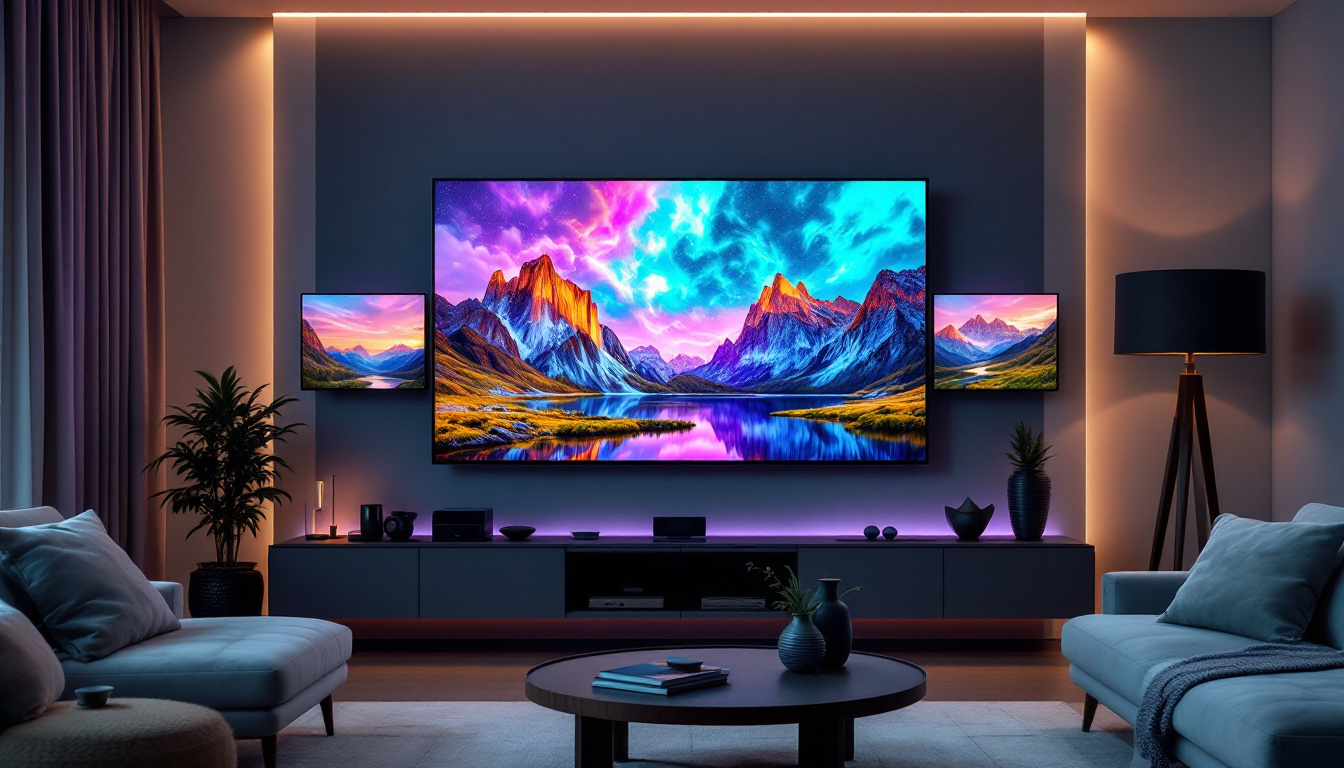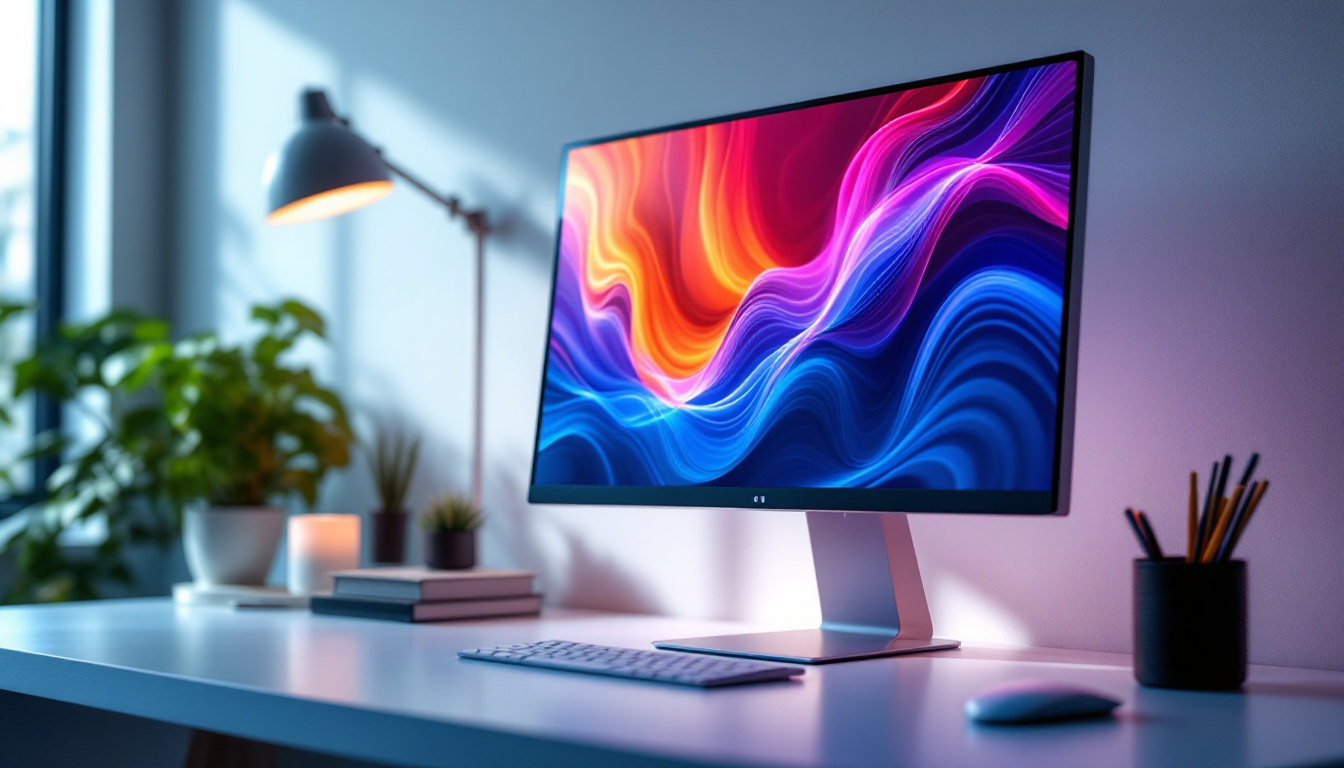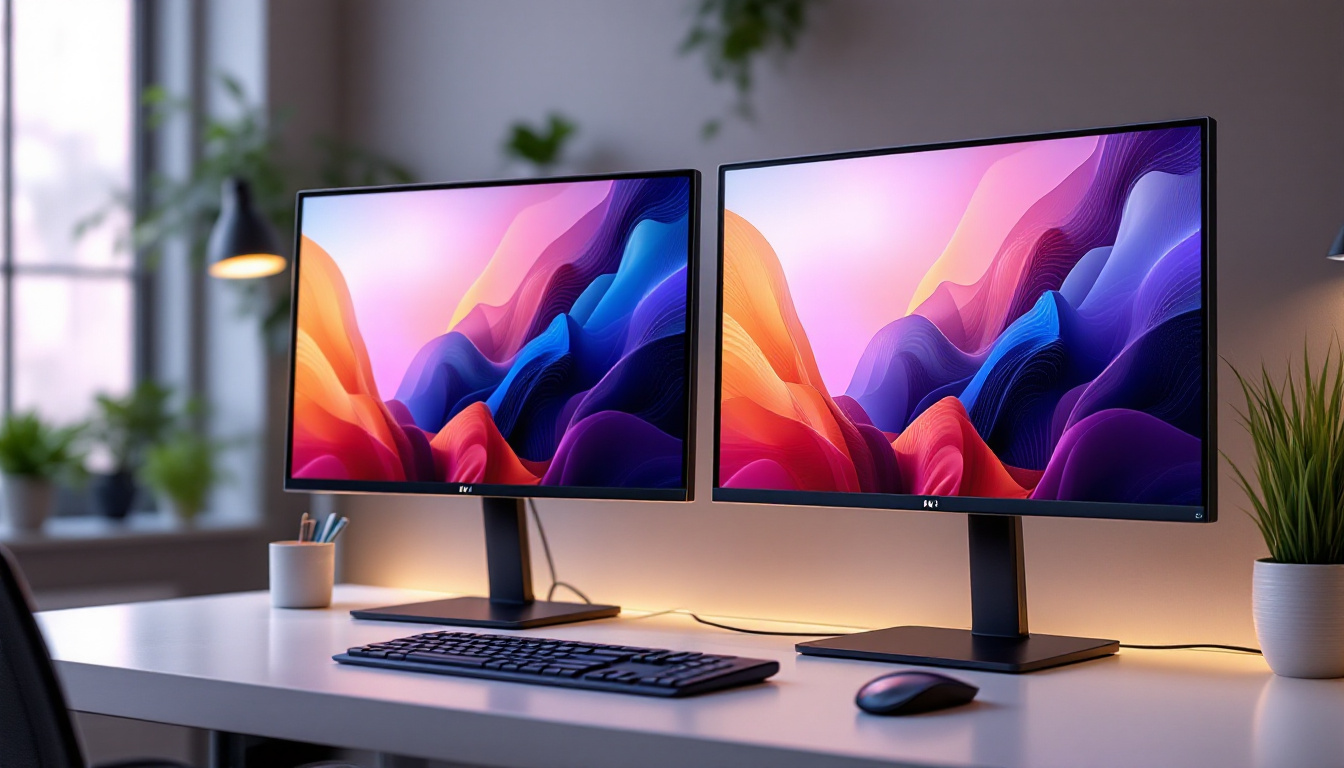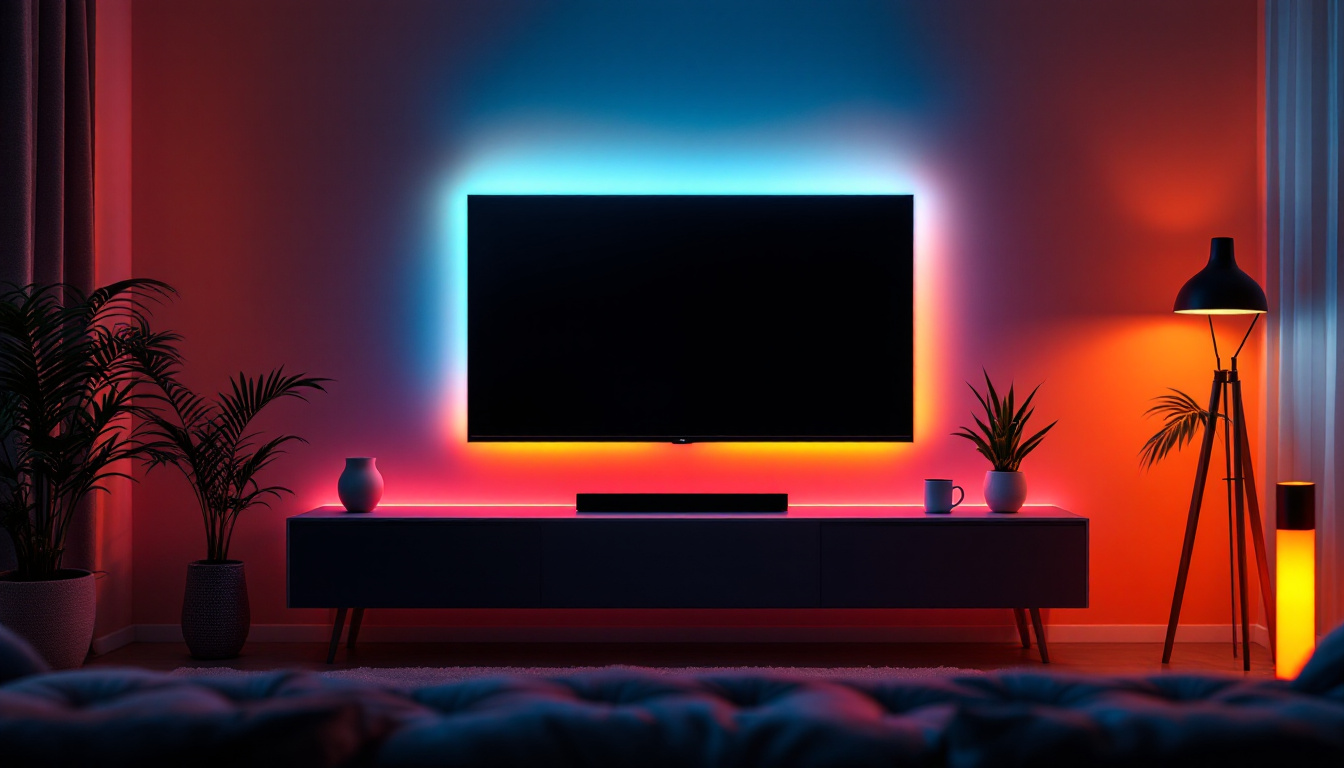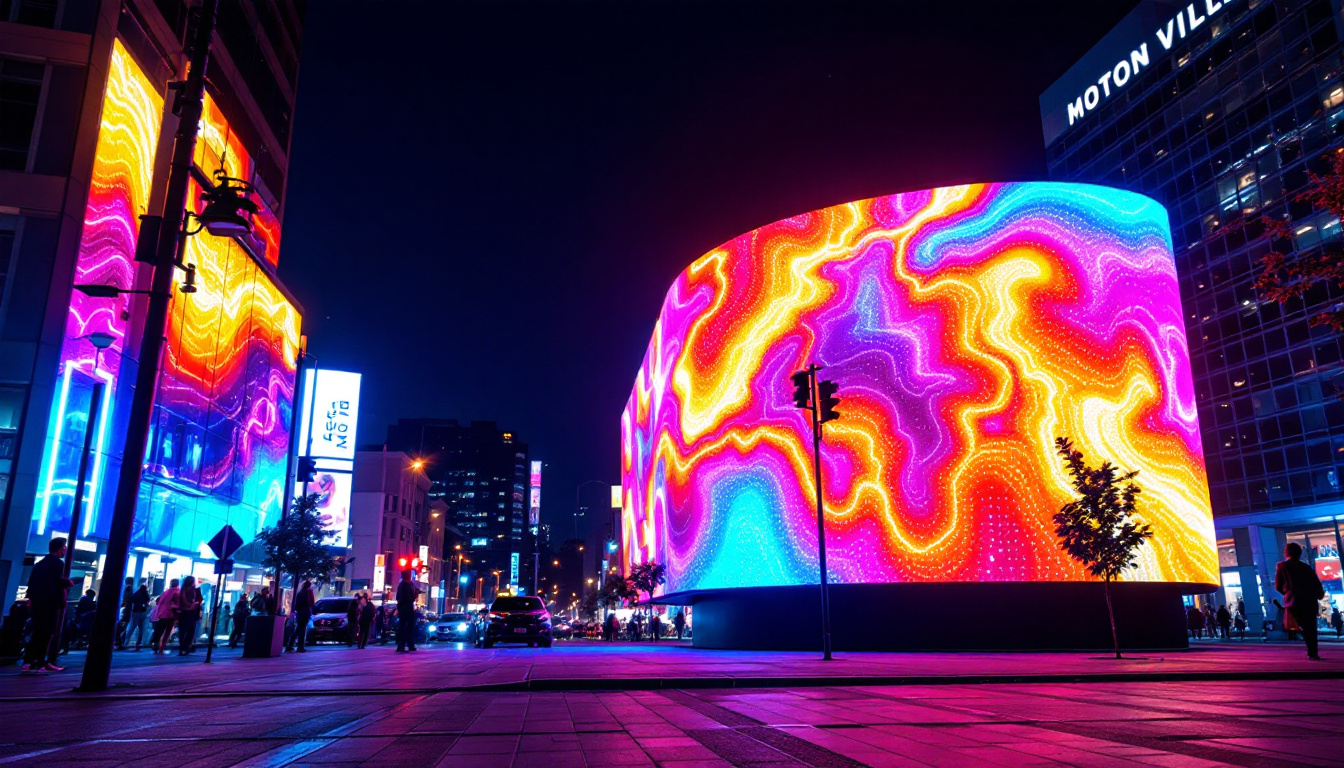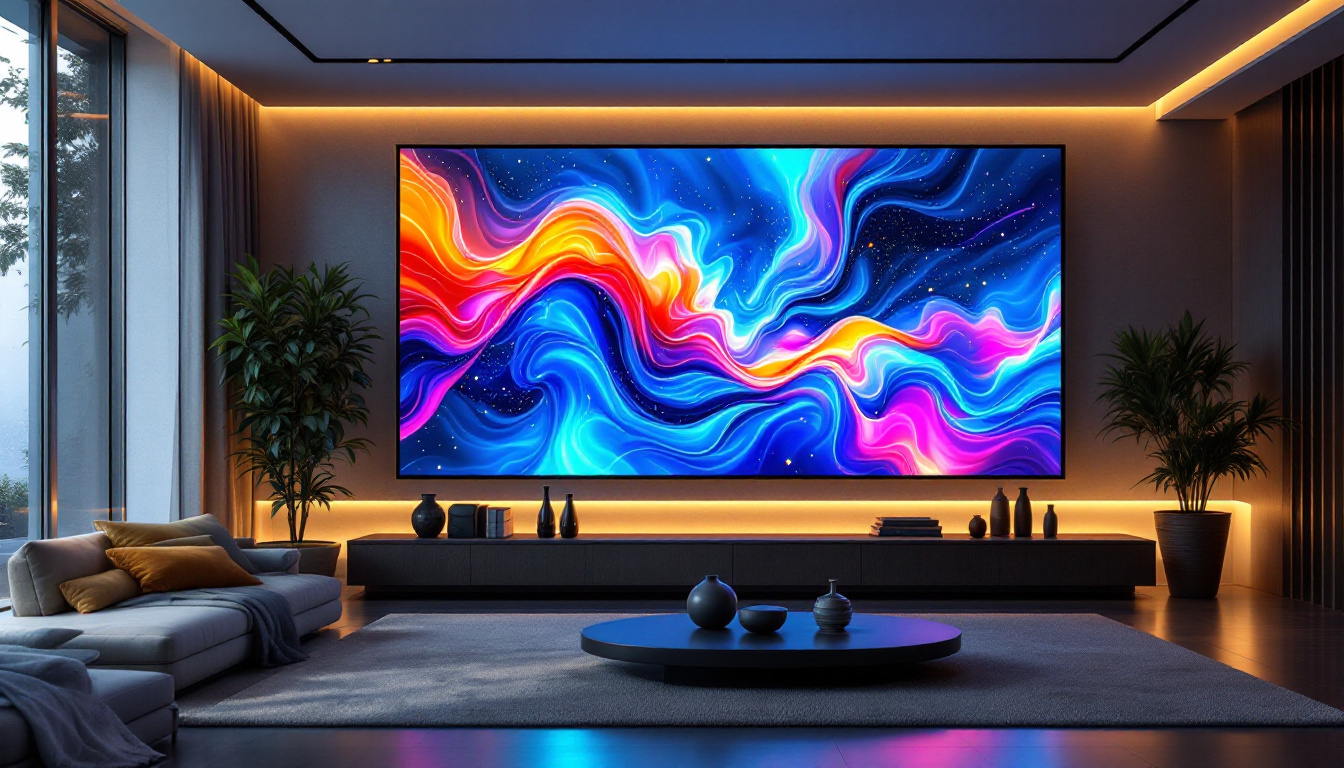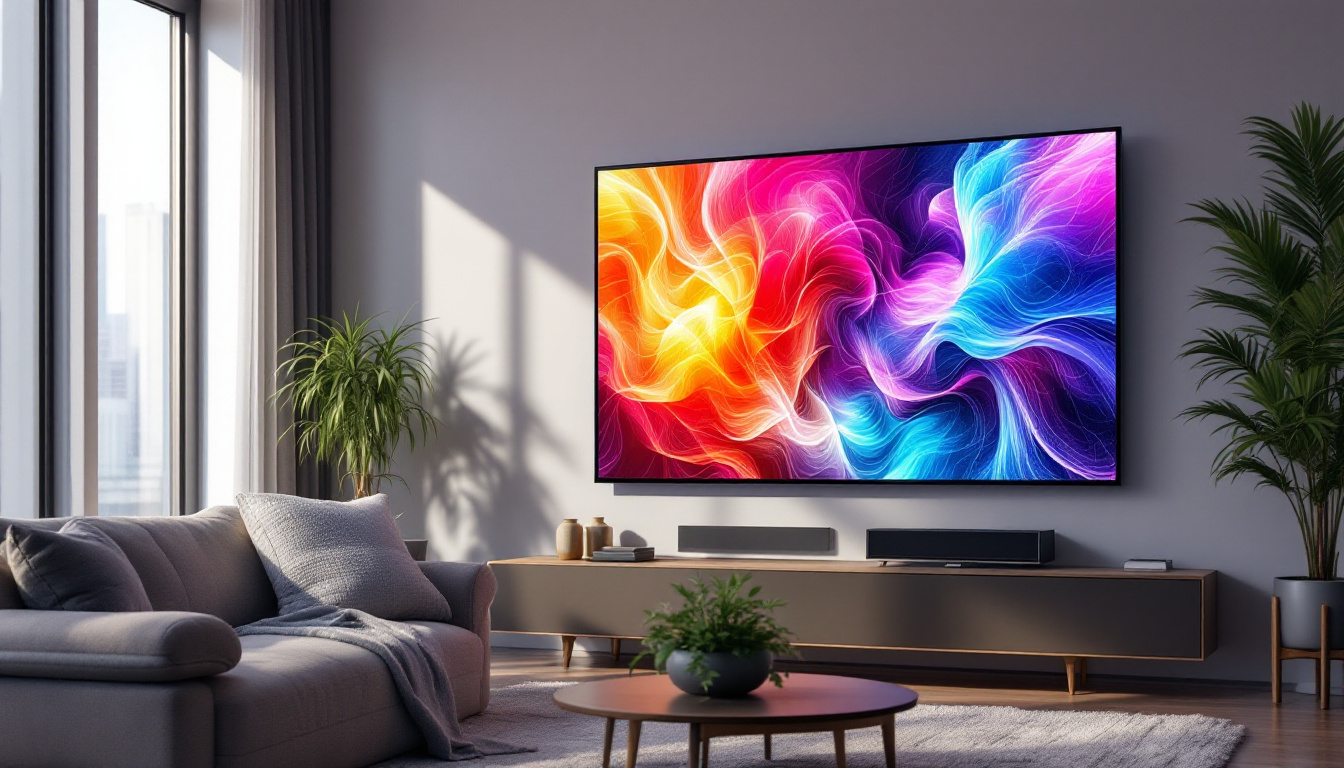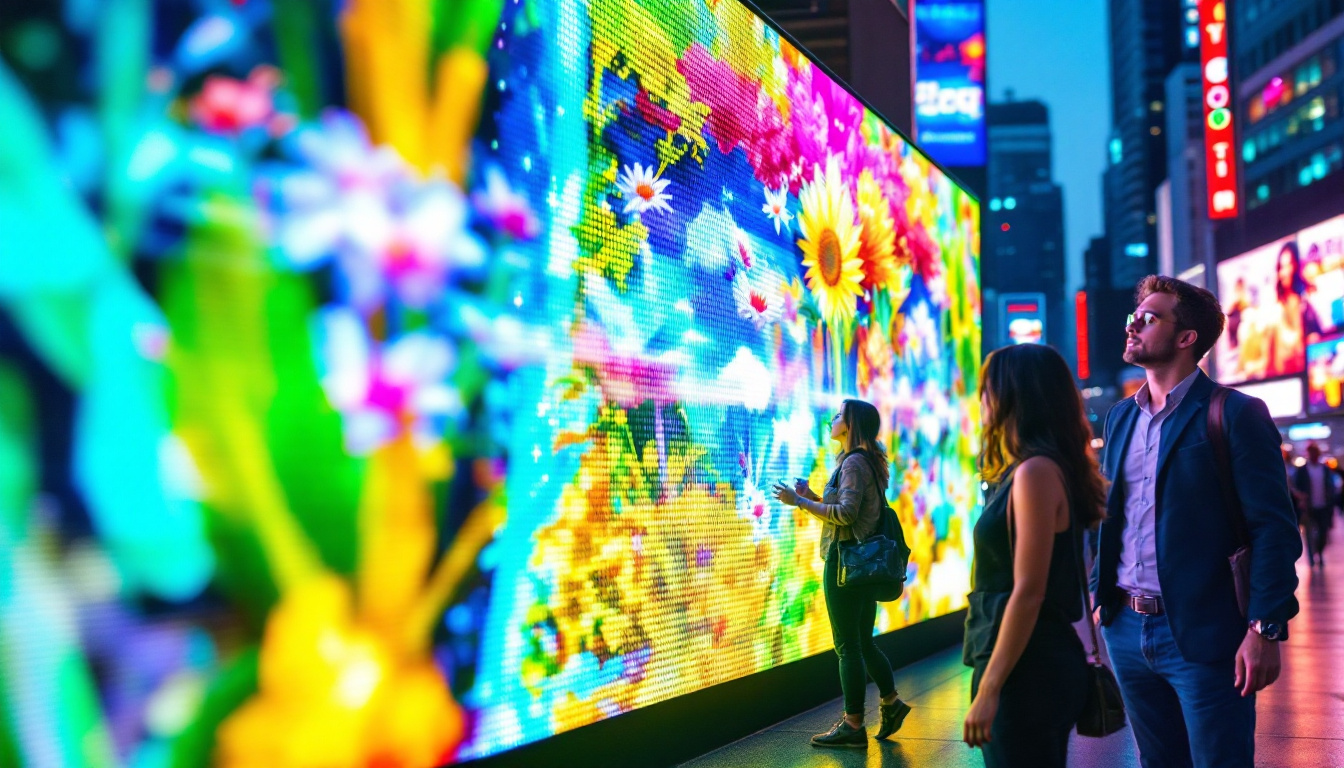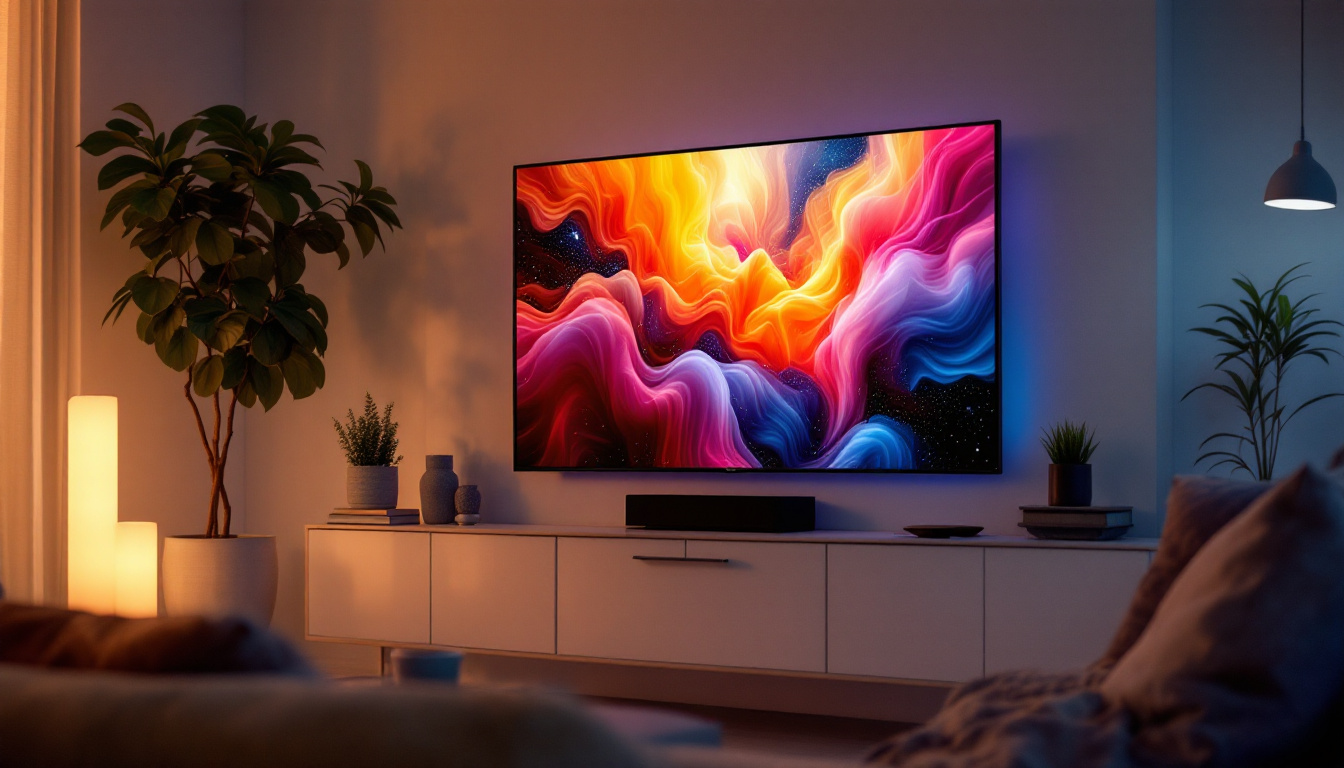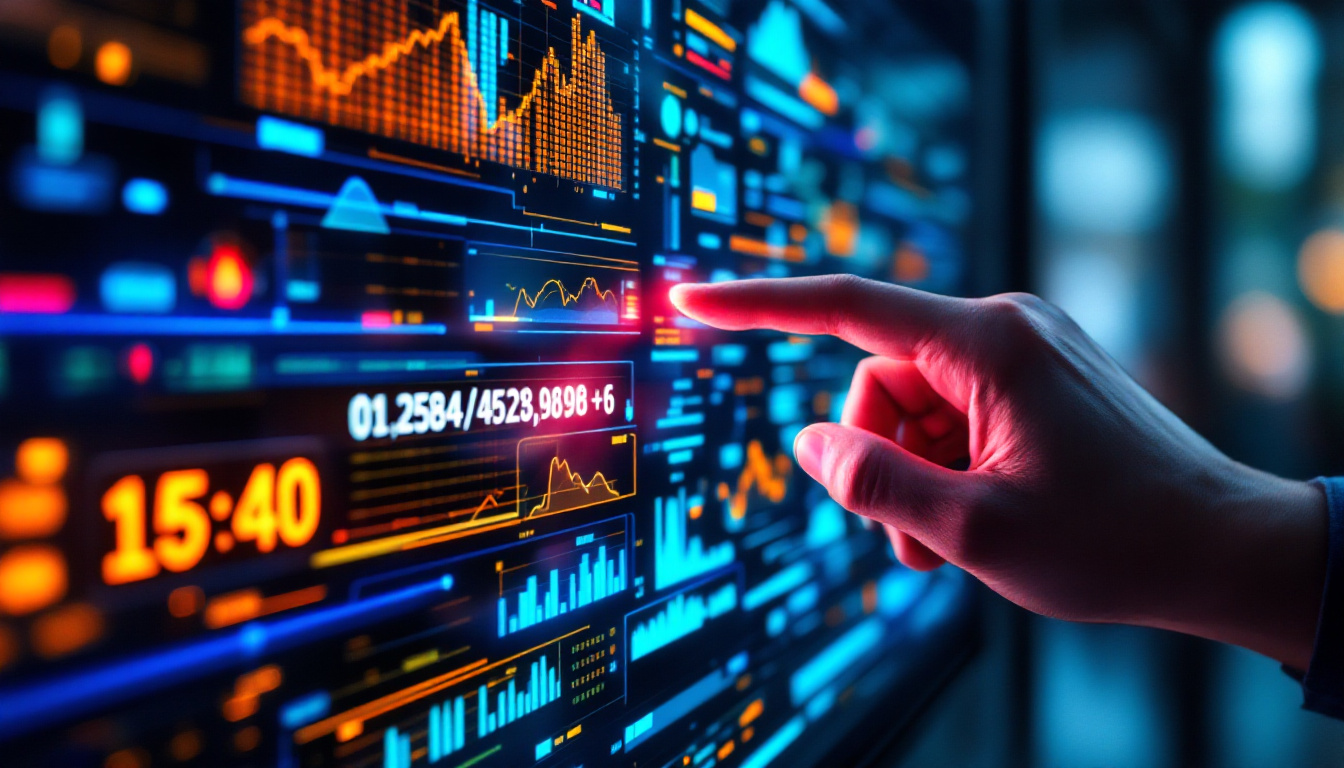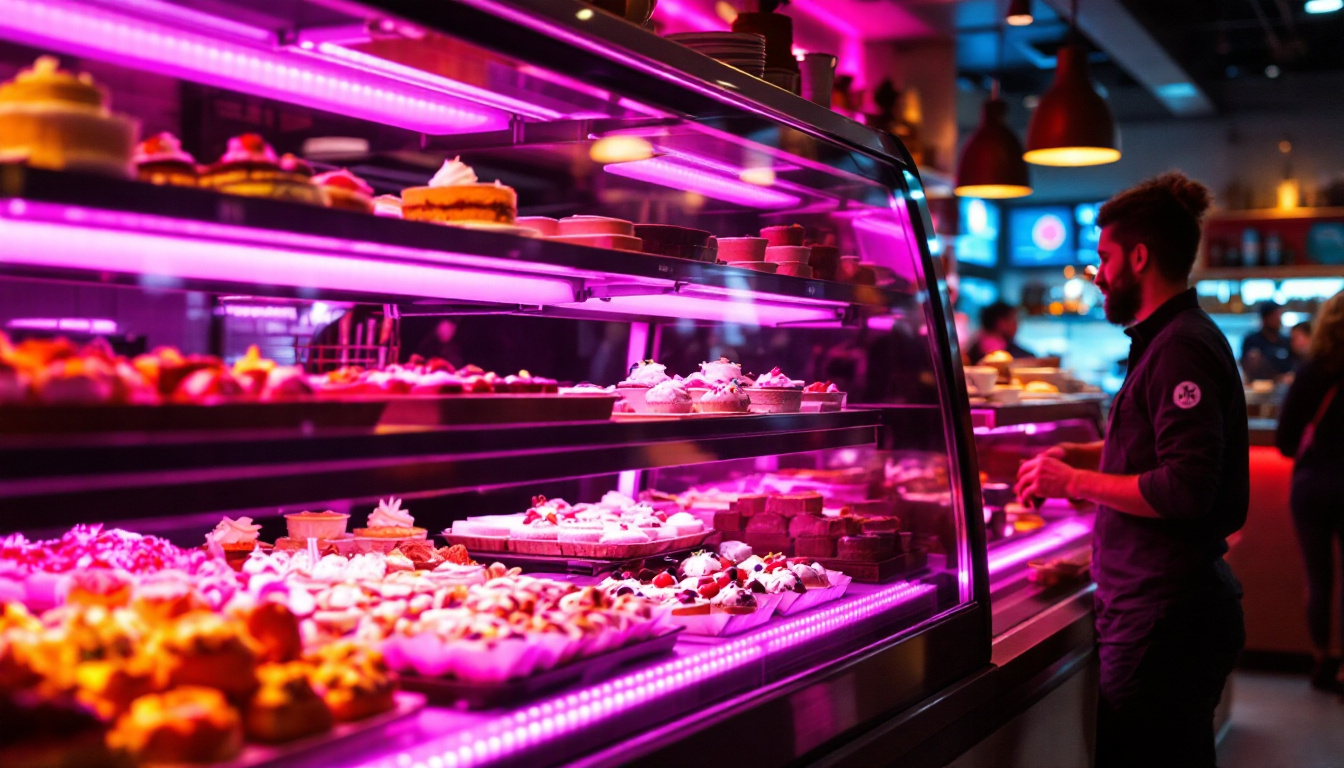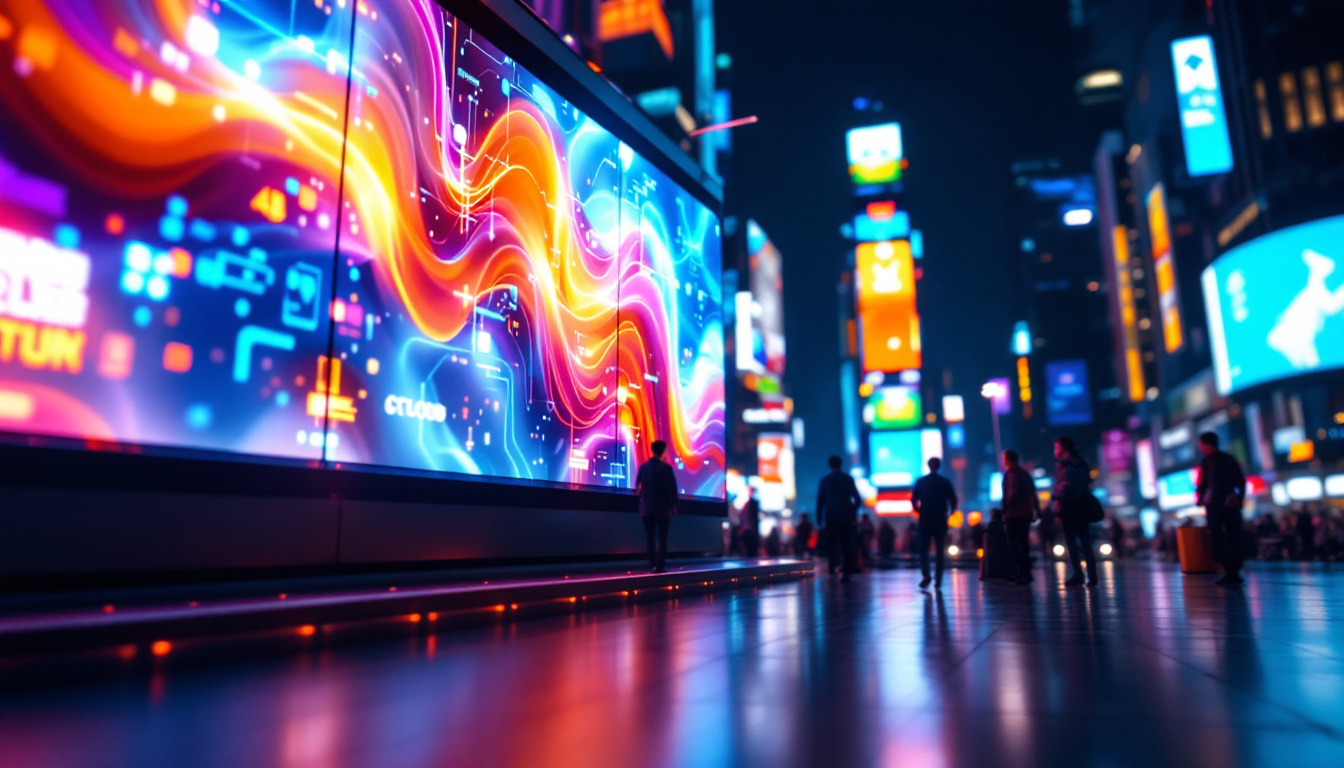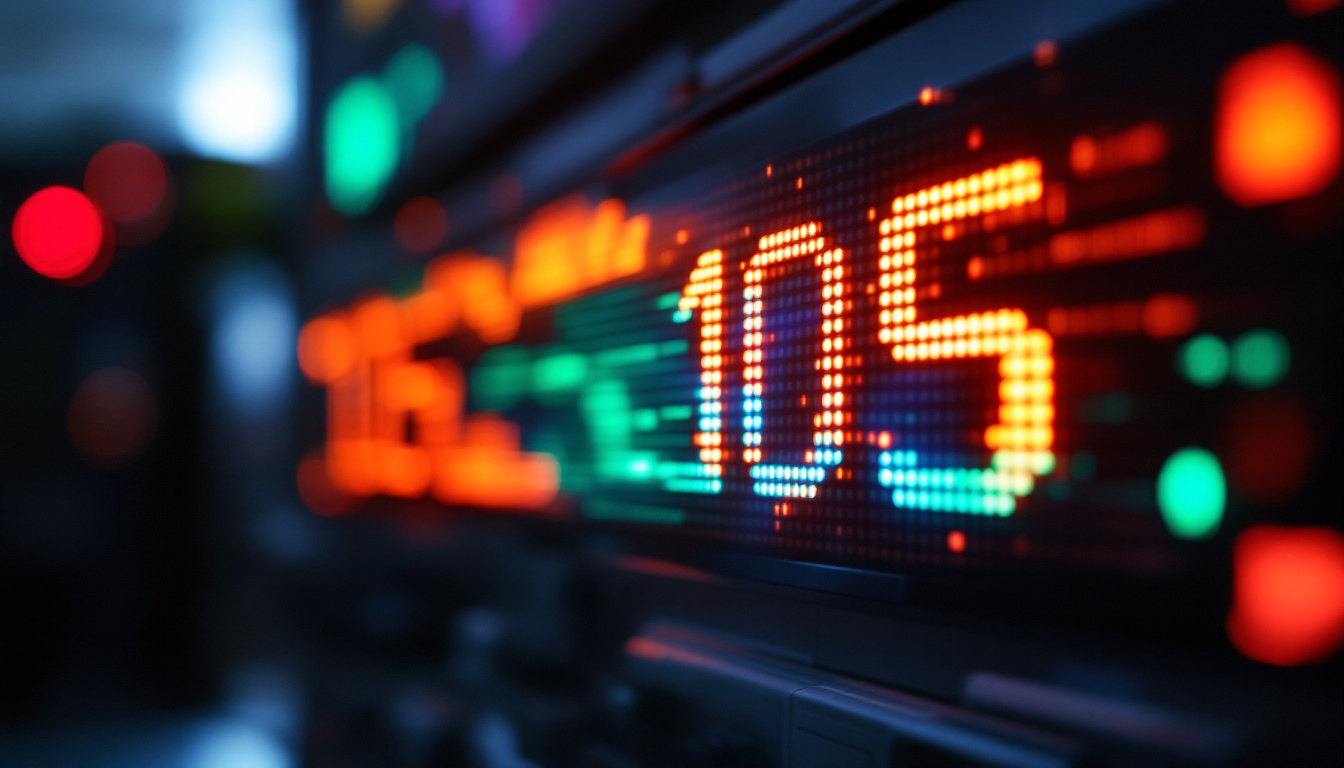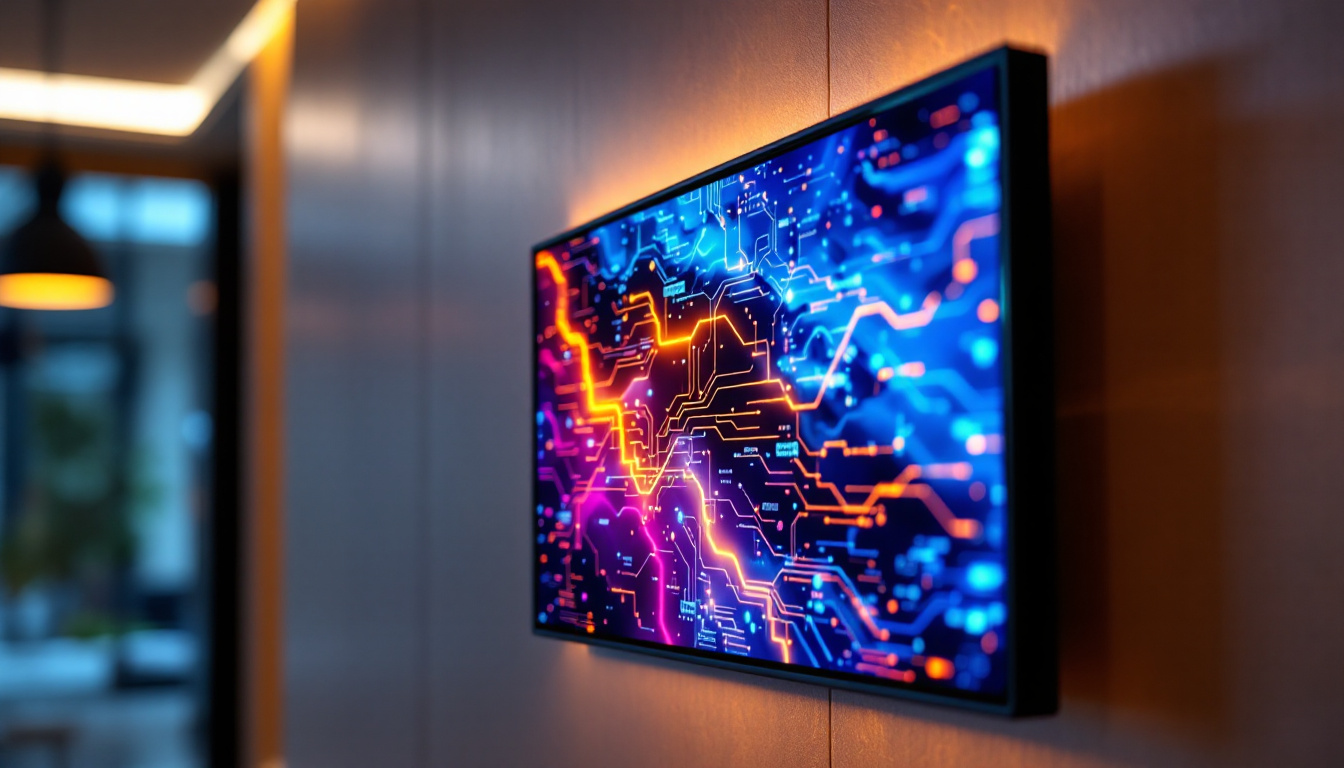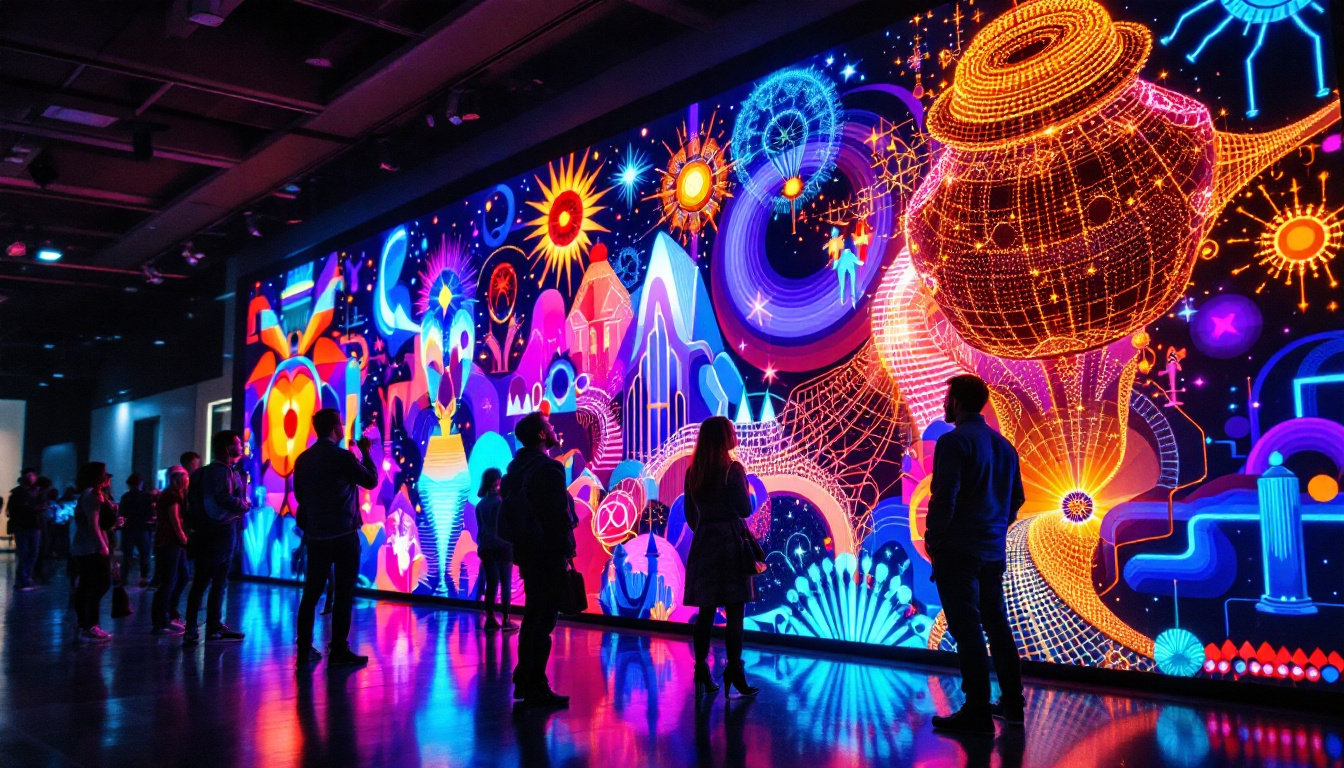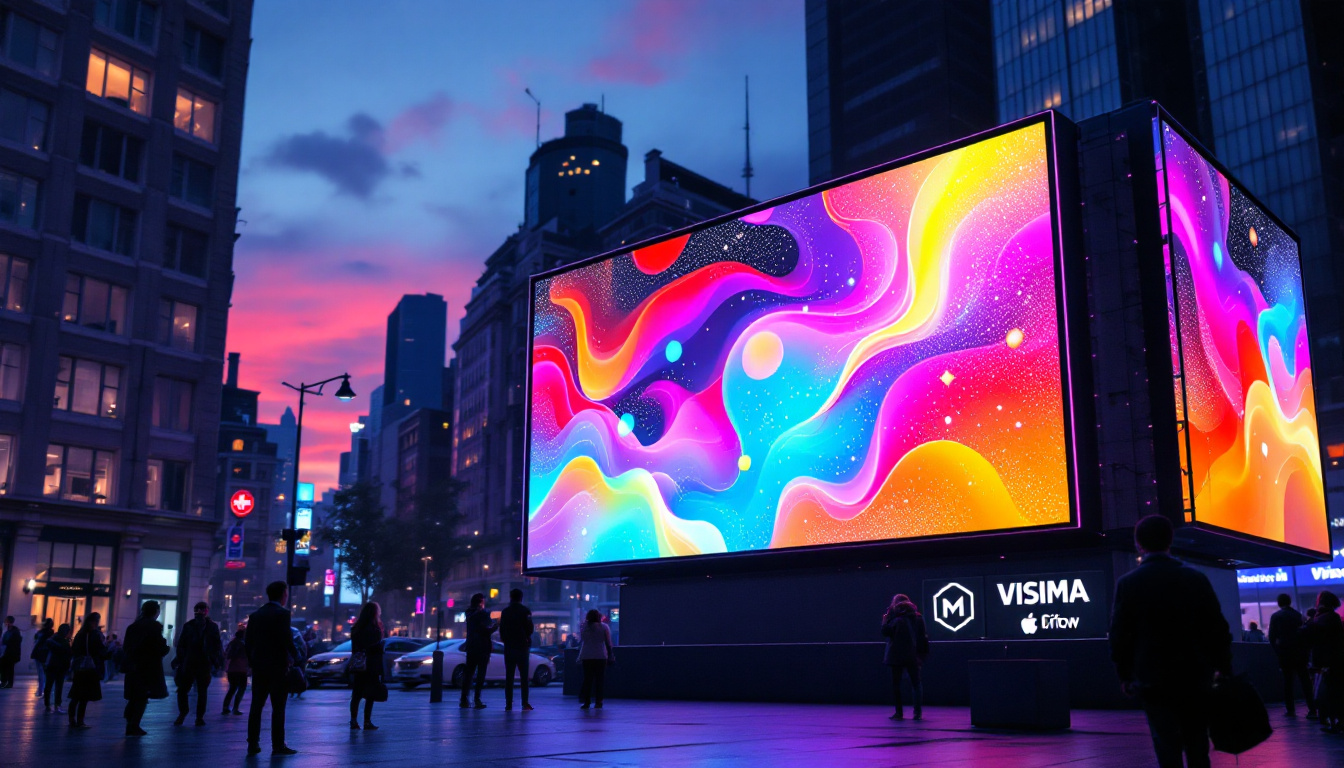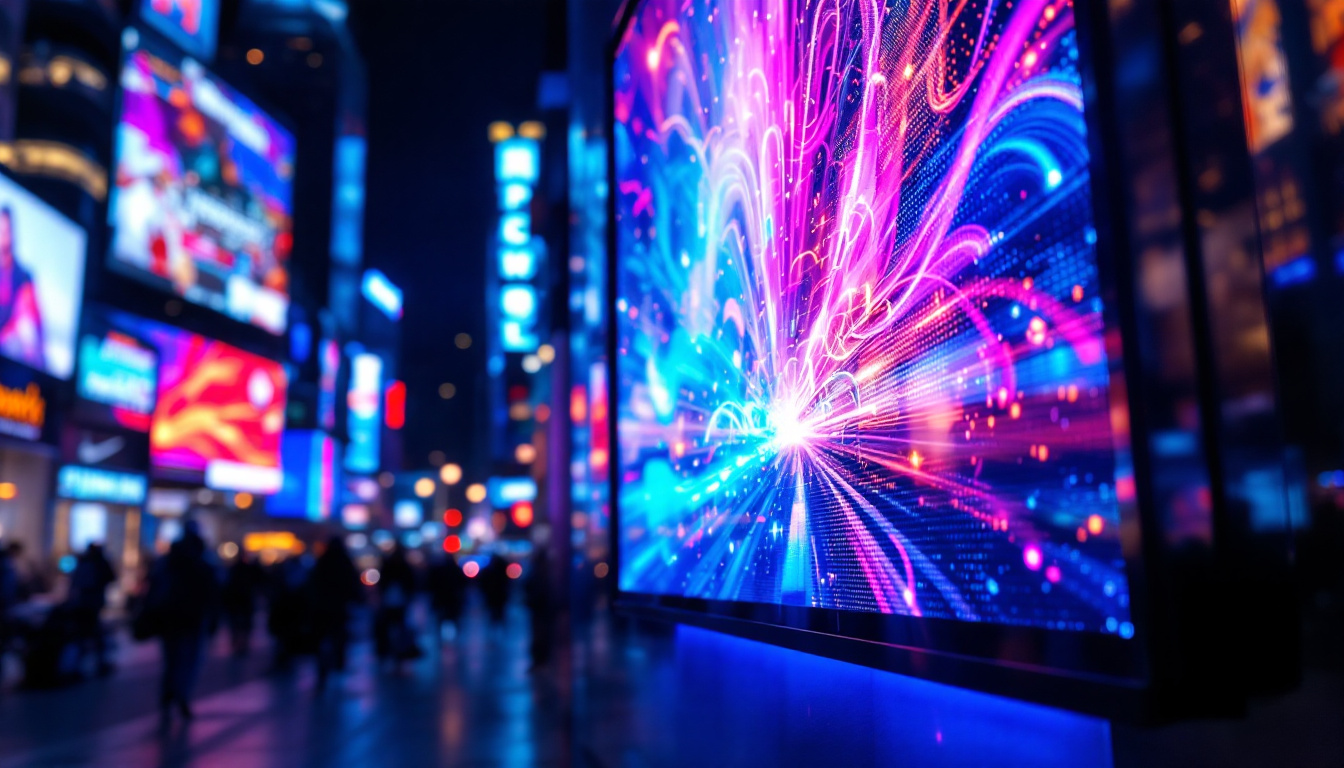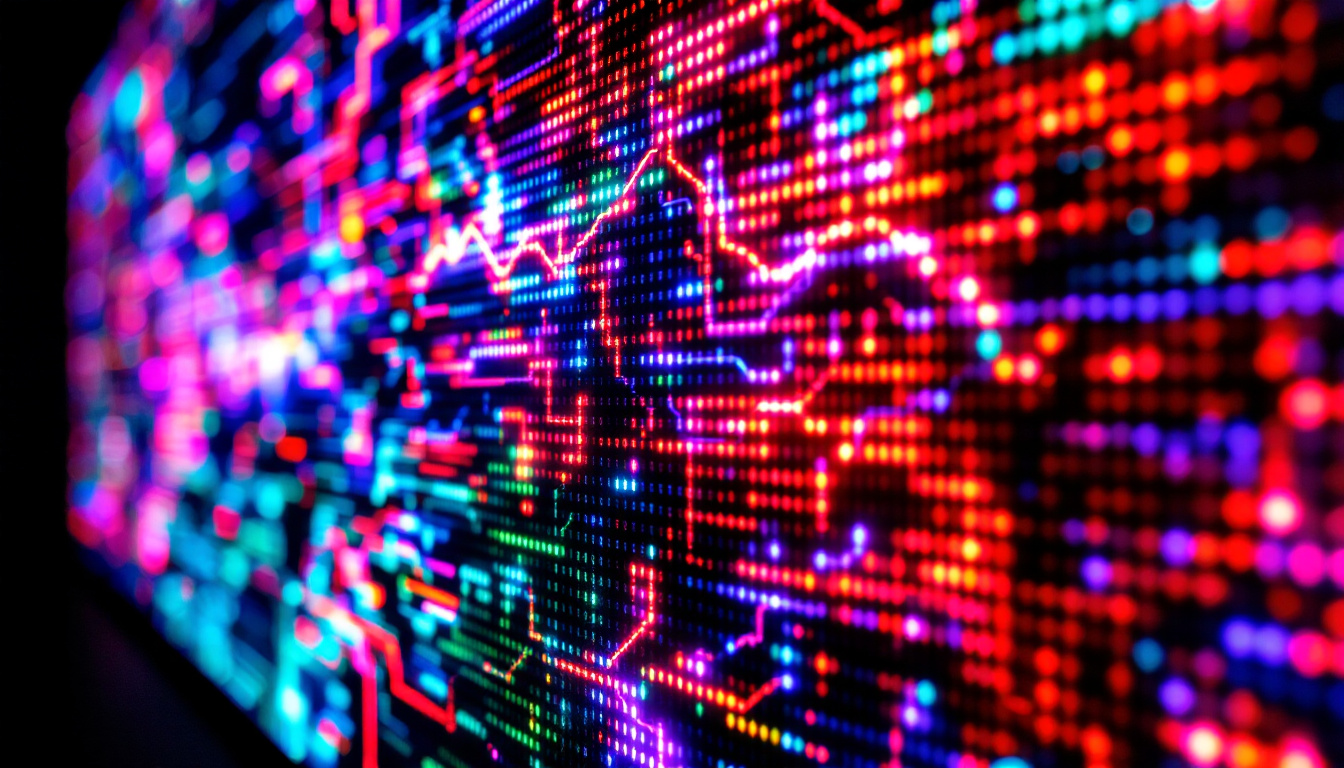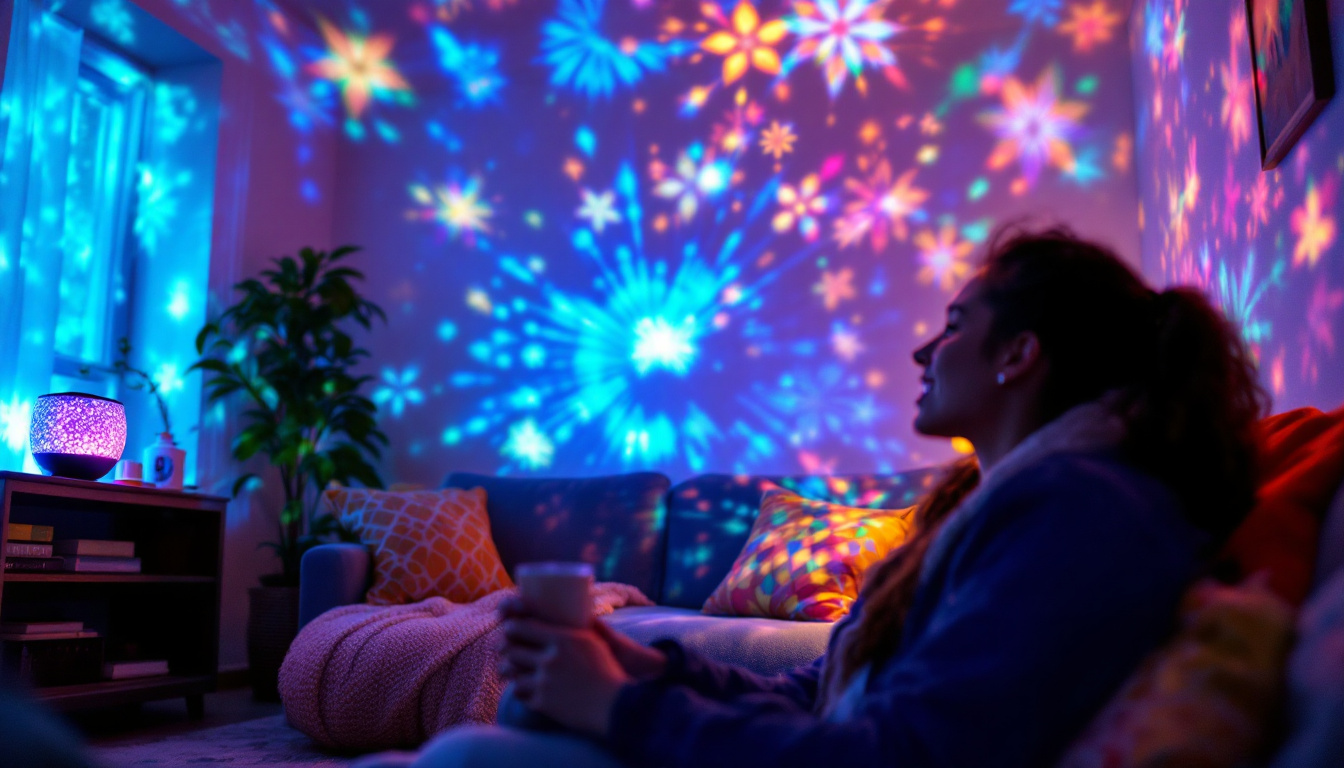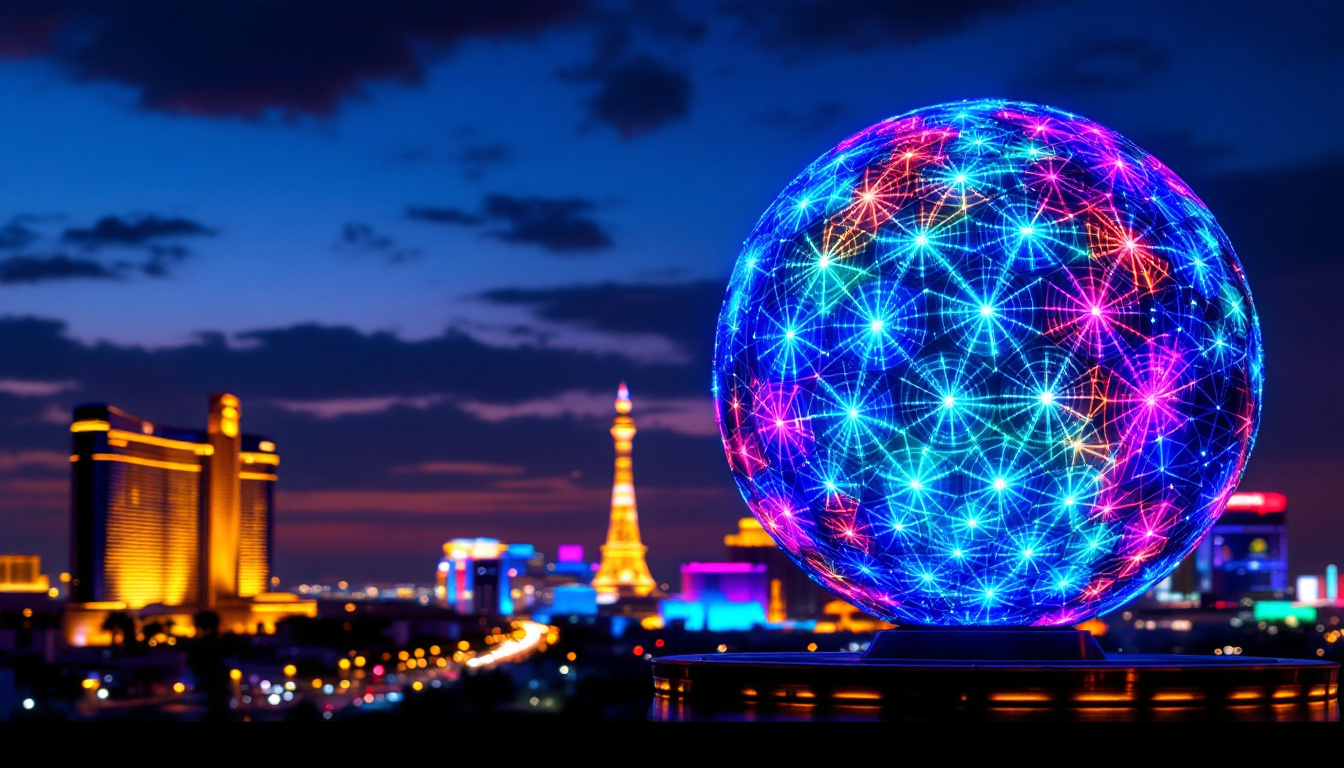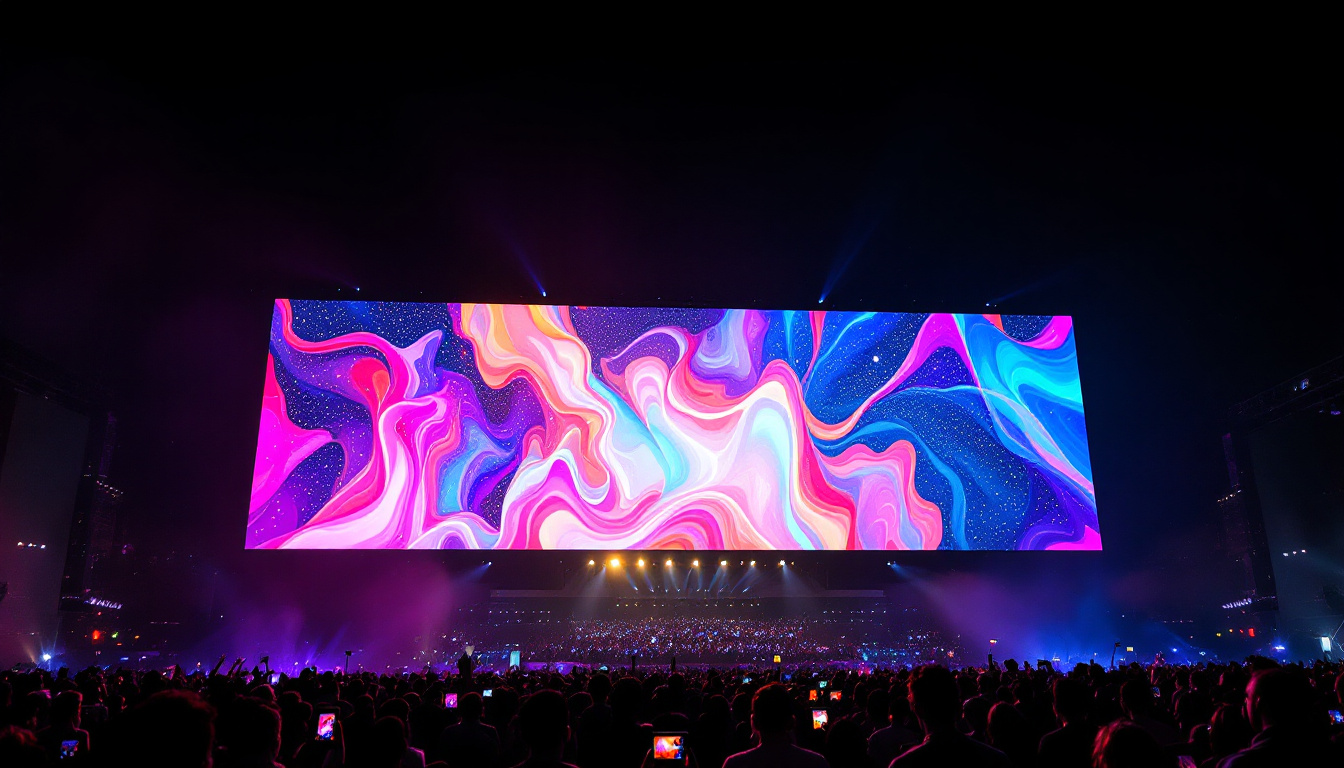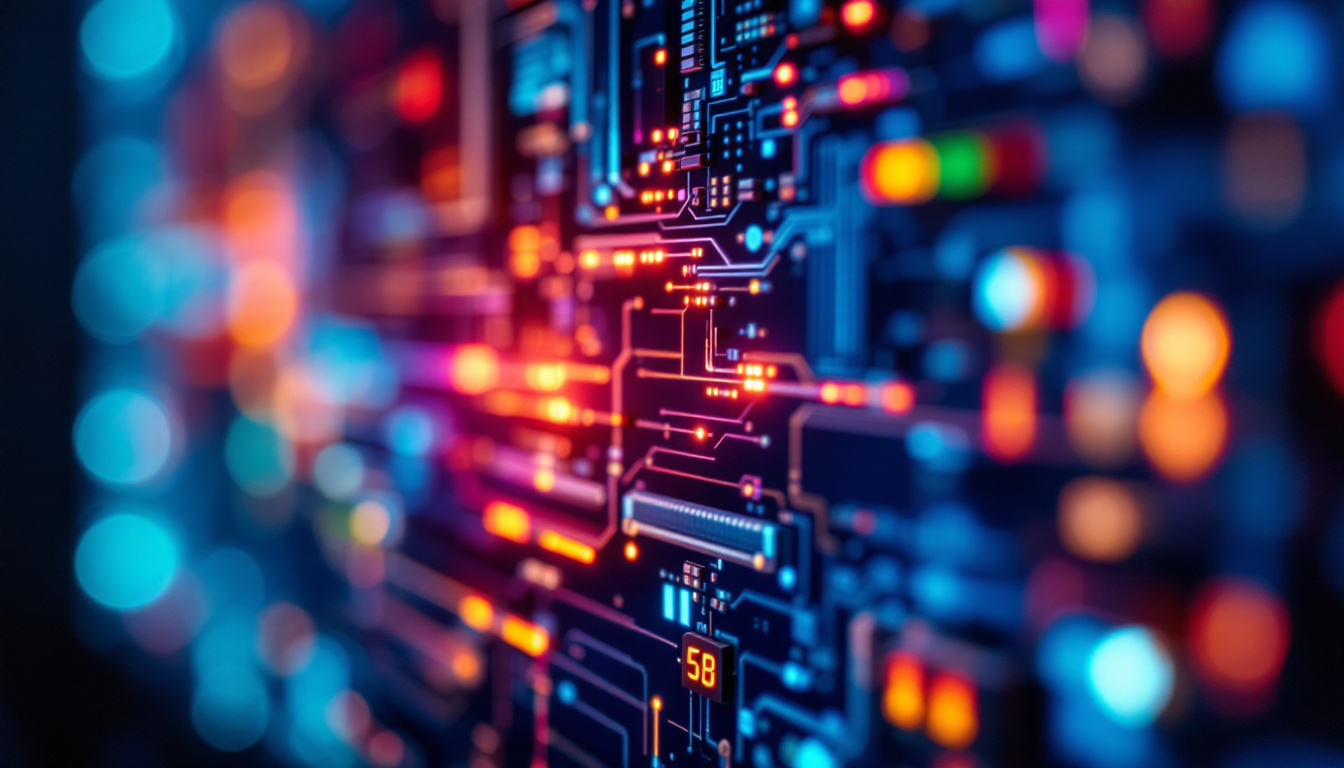In recent years, the use of LED technology has transformed the way we think about displays, particularly in commercial and residential settings. Light up wall panels, often referred to as LED displays, have become a popular choice for creating dynamic visual environments. This article delves into the intricacies of LED displays, exploring their functionality, advantages, applications, and future potential.
Understanding LED Technology
LED, or Light Emitting Diode, is a semiconductor device that emits light when an electric current passes through it. This technology is not only energy-efficient but also versatile, making it ideal for various applications, including lighting, indicators, and displays. The rise of LED technology has transformed industries, leading to innovations in everything from automotive lighting to architectural design, where the aesthetic appeal of lighting can enhance the overall ambiance of a space.
The Basics of LED Functionality
At its core, an LED is made of a chip that emits light when energized. The color of the light depends on the materials used in the semiconductor. For example, different combinations of gallium, arsenic, and phosphorous can produce a spectrum of colors. This fundamental principle allows for the creation of vibrant displays that can be tailored to specific needs. Moreover, the efficiency of LEDs means they consume significantly less power than traditional incandescent bulbs, making them a more sustainable choice for lighting solutions.
LEDs can be arranged in various configurations to form larger displays. By combining multiple LEDs, manufacturers can create panels that can display images, videos, and animations with remarkable clarity and brightness. This capability is what makes LED displays so appealing for both commercial and artistic uses. Furthermore, advancements in technology have led to the development of smart LED systems that can be controlled remotely, allowing for dynamic changes in lighting and display patterns that can enhance user experience in real-time.
Types of LED Displays
There are several types of LED displays, each designed for specific applications. The most common types include:
- Direct View LED Displays: These displays consist of individual LED modules that are directly visible to the viewer. They are often used for large outdoor billboards and indoor screens. Their high brightness and visibility make them ideal for advertising and public announcements, even in direct sunlight.
- LED Backlit Displays: These displays use LEDs to illuminate an LCD panel from behind, enhancing brightness and contrast. They are common in televisions and computer monitors. The backlighting technology has evolved to include local dimming features, which improve contrast ratios and overall picture quality.
- Organic LED (OLED) Displays: OLED technology uses organic compounds to emit light, allowing for thinner displays with better color accuracy and contrast. They are increasingly popular in high-end televisions and smartphones. The flexibility of OLEDs also opens up possibilities for curved and foldable screens, pushing the boundaries of design in consumer electronics.
In addition to these types, there are also specialized LED displays such as transparent LEDs, which allow for see-through advertising, and flexible LED screens that can be shaped to fit unconventional spaces. These innovations highlight the adaptability of LED technology, making it a cornerstone in the evolution of visual communication and entertainment.
Advantages of Light Up Wall Panels
Light up wall panels offer numerous advantages over traditional display technologies. These benefits make them a preferred choice for many businesses and creative environments.
Energy Efficiency
One of the most significant advantages of LED technology is its energy efficiency. LED displays consume far less power compared to traditional incandescent or fluorescent lights. This not only reduces electricity costs but also minimizes environmental impact, making them a sustainable choice for businesses aiming to reduce their carbon footprint. Furthermore, the reduced energy consumption contributes to a lower overall demand on power grids, which can be particularly beneficial during peak usage times. As more businesses adopt LED technology, the cumulative effect can lead to a significant decrease in energy consumption on a larger scale.
Brightness and Visibility
LED displays are known for their exceptional brightness, making them highly visible even in well-lit environments. This feature is particularly beneficial for outdoor advertising, where sunlight can wash out other types of displays. The ability to adjust brightness levels also allows for optimal viewing in various lighting conditions. Additionally, the color vibrancy of LED panels enhances the overall visual experience, attracting more attention and engaging viewers effectively. This is especially important in competitive markets where capturing the audience’s gaze can lead to increased foot traffic and sales.
Longevity and Durability
Another critical advantage of LED displays is their longevity. LEDs can last up to 100,000 hours, significantly outpacing traditional lighting solutions. This durability translates to lower maintenance costs and less frequent replacements, making them a cost-effective option in the long run. Moreover, LED panels are resistant to shock and vibration, which makes them suitable for a variety of settings, from bustling retail environments to dynamic event spaces. Their robust construction ensures that they can withstand the rigors of daily use, further solidifying their status as a reliable choice for businesses looking to invest in long-term display solutions.
Versatility in Design
Light up wall panels also offer remarkable versatility in design, allowing businesses to create customized displays that align with their branding and aesthetic preferences. With a variety of shapes, sizes, and colors available, companies can craft unique visual experiences that resonate with their target audience. This adaptability extends to installation options as well, with panels that can be mounted on walls, suspended from ceilings, or even integrated into furniture. Such flexibility enables businesses to maximize their space and create immersive environments that enhance customer engagement.
Interactive Capabilities
In addition to their visual appeal, many light up wall panels now come equipped with interactive capabilities. Touch-sensitive technology allows users to engage directly with the display, providing an interactive experience that can be particularly effective in retail settings or exhibitions. This interactivity can be used to showcase products, provide information, or even facilitate games and contests, making the experience more memorable for customers. As technology continues to evolve, the integration of augmented reality features with LED displays is also becoming more common, further enhancing the potential for creative storytelling and audience interaction.
Applications of LED Displays
The versatility of LED displays allows them to be used in a wide range of applications across various industries. From advertising to entertainment, their impact is profound.
Advertising and Marketing
In the realm of advertising, LED displays have revolutionized the way brands communicate with consumers. Digital billboards and storefront displays can showcase vibrant, eye-catching content that captures attention and drives engagement. The ability to change content quickly allows businesses to adapt their marketing strategies in real-time, promoting special offers or events with ease.
Events and Entertainment
LED displays have become a staple in the events and entertainment industry. Concerts, festivals, and conferences utilize large LED screens to enhance the audience experience. These displays can show live feeds, graphics, and animations, creating an immersive environment that captivates attendees.
Architectural and Interior Design
Beyond advertising and entertainment, LED wall panels are increasingly used in architectural and interior design. They can serve as dynamic art installations, feature walls, or even functional elements like room dividers. The ability to customize colors and patterns allows designers to create unique atmospheres that reflect the identity of a space.
Challenges and Considerations
While LED displays offer numerous benefits, there are also challenges and considerations that must be addressed. Understanding these factors is essential for making informed decisions regarding their use.
Initial Investment Costs
One of the primary challenges associated with LED displays is the initial investment cost. While prices have decreased over the years, high-quality LED panels can still be expensive. Businesses must weigh the upfront costs against the long-term savings and benefits to determine if the investment is worthwhile.
Technical Expertise and Maintenance
LED displays require a certain level of technical expertise for installation and maintenance. Organizations may need to hire specialized personnel or partner with external vendors to ensure that the displays are set up correctly and maintained regularly. This requirement can add to the overall cost and complexity of implementing LED technology.
Content Management
Another consideration is content management. While the ability to change content quickly is a significant advantage, it also requires a robust content management system. Businesses must invest in software and training to ensure that their displays are utilized effectively and that content is engaging and relevant.
The Future of LED Displays
The future of LED displays looks promising, with ongoing advancements in technology and design. As innovation continues, several trends are emerging that will shape the future of this industry.
Integration with Smart Technology
As smart technology becomes increasingly prevalent, LED displays are expected to integrate more seamlessly with other smart systems. This integration could lead to enhanced interactivity, allowing users to control displays through mobile devices or voice commands. Such advancements could revolutionize how businesses engage with their audiences.
Improved Resolution and Quality
With the demand for higher resolution displays on the rise, manufacturers are continually working to improve the quality of LED panels. The development of microLED technology, which uses tiny individual LEDs, promises to deliver even greater resolution and color accuracy, making displays more lifelike than ever before.
Environmental Considerations
As sustainability becomes a priority for many organizations, the LED display industry is also focusing on environmentally friendly practices. This includes using recyclable materials, reducing energy consumption, and developing more efficient manufacturing processes. Such initiatives will not only benefit the planet but also appeal to environmentally conscious consumers.
Conclusion
Light up wall panels, or LED displays, represent a significant advancement in visual technology. Their energy efficiency, brightness, and versatility make them an attractive option for various applications, from advertising to interior design. While challenges such as initial costs and technical expertise exist, the benefits often outweigh these hurdles.
As technology continues to evolve, the future of LED displays appears bright. With advancements in integration, resolution, and sustainability, these displays are poised to play an even more significant role in our daily lives. Embracing this technology can lead to enhanced experiences, improved communication, and a more visually engaging world.
Discover LumenMatrix’s Innovative LED Solutions
Ready to elevate your space with the latest in LED display technology? Explore LumenMatrix’s diverse range of LED display modules, designed to bring your visual communication to life. From vibrant Indoor and Outdoor LED Wall Displays to dynamic Vehicle and Sports LED Displays, our solutions are crafted to captivate and engage. Experience the future of digital signage with our Custom, All-in-One, and Transparent LED Displays. Visit LumenMatrix LED Display Solutions and transform your brand’s visibility today.


